Maximising Your Personal Cashflow: Essential Strategies for Professionals and Young Families
As a young family or professional in Australia, managing your personal cashflow is a vital skill in securing long-term financial stability, allowing you to prosper and grow in a dynamic, increasingly competitive economic landscape.
However, it can be challenging to make the most of your hard-earned money – especially amidst the numerous financial commitments and distractions life has to offer.
Effective personal cashflow management not only involves understanding your income and expenditure but also entails setting financial goals and employing smart strategies to achieve them.
By maximising your personal cashflow, you can create a strong foundation to support your immediate financial needs, invest in your future, and establish a brighter, more secure financial future for your family.
In this guide, we will explore intent-driven strategies and best practices to help Australian professionals and young families maximise their personal cashflow, ensuring they have the financial freedom and control necessary to thrive. By mastering your personal cashflow management skills, you can unlock the potential for wealth creation and secure the financial outcomes you envision for yourself and your family.
Gaining a Comprehensive Understanding of Your Financial Situation
Effective personal cashflow management begins with a deep understanding of your financial situation. Assessing the following aspects can provide valuable insights into your financial health:
Income sources: Evaluate all your income streams, including salary, rental income, investment returns, or freelancing income. This will allow you to have a clearer picture of your total monthly earnings.
Expenses: Categorise and record all your regular expenses, such as rent or mortgage repayments, utilities, groceries, insurance premiums, and medical costs. Monitoring your spending habits can help identify areas for potential savings or budget adjustments.
Savings and investments: Analyse your current savings and investment accounts to understand how they contribute to your overall financial health and long-term goals.
Debts and liabilities: Compile a list of all your outstanding debts, such as credit cards, personal loans, and car loans, to ascertain the total amount owed and determine a suitable plan to tackle these obligations.
Setting Clear, Achievable Financial Goals
Once you have a thorough understanding of your assets, income, expenses, and liabilities, it's time to define your financial goals. This could include:
Short-term goals: These may comprise paying off high-interest debt, building an emergency fund, or saving for a specific event, like a family vacation or renovations.
Medium-term goals: Consider objectives like saving for a house deposit, investing in assets or stocks, or expanding your skills through further education.
Long-term goals: Plans like retirement savings, paying off a mortgage, or establishing a passive income stream should be carefully considered and integrated into your cashflow management strategy.
Implementing Strategies to Optimise Your Personal Cashflow
Armed with a comprehensive understanding of your finances and clear goals in mind, you can start implementing strategies to maximise your personal cashflow:
Budgeting: Develop a realistic, flexible budget that accounts for your income, expenses, savings, and investments, while ensuring you have enough disposable income to enjoy your desired lifestyle.
Reduce debts: Prioritise reducing high-interest debts, such as credit card balances, to minimise financial pressure and unlock additional funds for savings or other purposes.
Maximise income: Seek additional revenue streams, like side gigs or investing in assets that generate a passive income, to boost your earning potential.
Save on expenses: Identify areas where expenses can be reduced without sacrificing your quality of life, such as cutting back on non-essentials or renegotiating service contracts with providers.
Invest smartly: Work with a financial advisor to determine the most suitable investment strategy for your specific goals, risk tolerance, and financial situation.
Regularly Review and Adjust Your Cashflow Management Plan
Your financial situation and goals will inevitably evolve over time. Periodic reviews and adjustments to your cashflow plan ensure that it remains relevant and aligned with your current needs:
Monitor your budget: Regularly evaluate your budget performance to identify any gaps between planned and actual expenditure, making necessary adjustments as required.
Assess your financial goals: Revisit your goals annually or whenever significant life events occur to determine whether they're still achievable and aligned with your current financial outlook.
Rebalance your investments: Periodic review and rebalancing of your investment portfolio can help maintain your desired level of risk and anticipated returns.
Adapt to changes in your circumstances: Adjust your cashflow management plan as your circumstances evolve, such as relocating, starting a family, or receiving a salary increase.
Enhance Financial Stability with Personal Cashflow Management Mastery
Effective personal cashflow management is an invaluable skill for Australian professionals and young families to secure a brighter financial future and achieve their desired goals. By assessing your financial situation, setting clear objectives, devising strategies, and regularly reviewing your cashflow management plan, you can harness the power of your personal cashflow to create a stable financial foundation for yourself and your loved ones.
Partner with the expert financial advisors at Thriving Wealth to develop and implement a tailored personal cashflow management strategy that aligns with your unique goals and circumstances.
Contact us today to take control of your finances and begin your journey towards long-lasting financial success.

